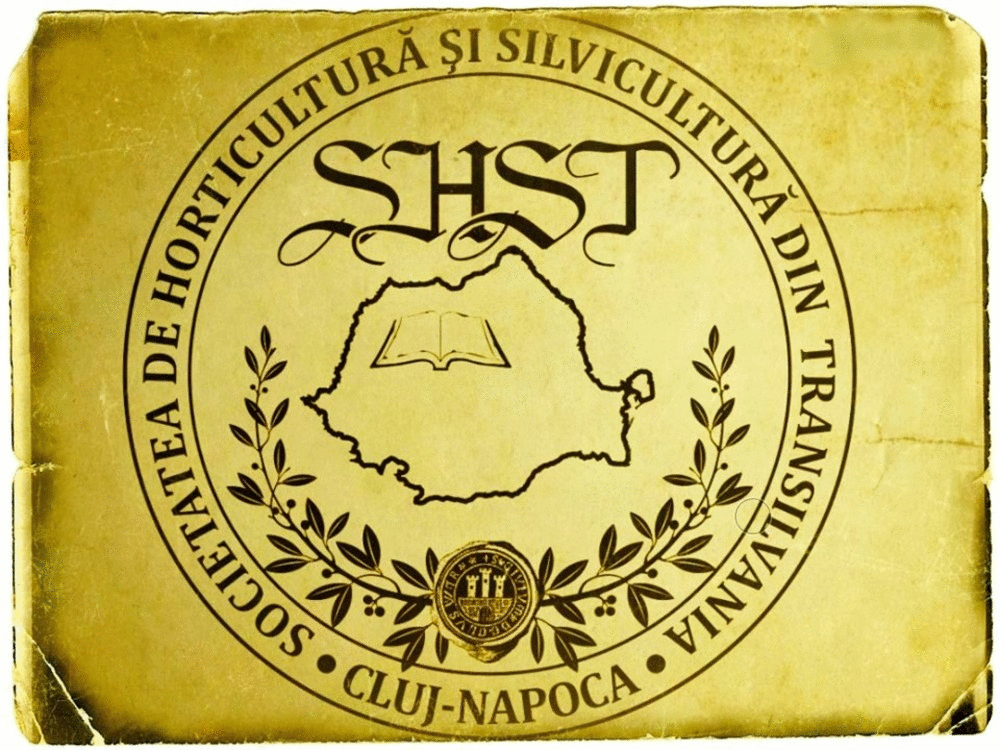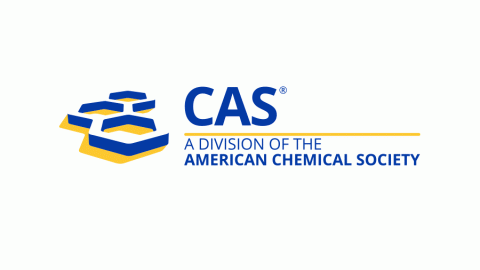Effects of Corm Size, Organic Fertilizers, Fe-EDTA and Zn-EDTA Foliar Application on Nitrogen and Phosphorus Uptake of Saffron (Crocus sativus L.) in a Calcareous Soil under Greenhouse Conditions
DOI:
https://doi.org/10.15835/nsb849891Abstract
A greenhouse research experiment was conducted. The experiment was arranged in factorial layout based on a completely randomized design. The mother corm size (0.1-4 g, 4.1-8 g and 8-12 g), organic fertilizers (cattle manure 15 t ha-1, vermicompost 10 t ha-1,chamomilecompost 10 t ha-1 and control) and micronutrients (Fe-EDTA and Zn-EDTA) in two levels (foliar application and no application) were assigned as the first, second and third experimental factors, respectively. Based on the results, with increasing mother corm size, formation of small corms (0.1-4 g) decreased, whereas the percentage of medium (4.1-8 g) or large size (more than 8 g) corms increased. The highest corm yield was observed when cattle manure was applied. Moreover, foliar application increased daughter corm yield in medium and larger size corms. Phosphorus and nitrogen concentration in daughter corms increased with increasing the size of mother corms. Organic fertilizers significantly increased phosphorus and nitrogen concentration in all size of corms: phosphorus content in large daughter corms increased five times on account of cattle manure application. Proper nutrient management during the first year of saffron propagation could improve corm number than rather corm weight.
Metrics
Downloads
Additional Files
Published
How to Cite
Issue
Section
License
Papers published in Notulae Scientia Biologicae are Open-Access, distributed under the terms and conditions of the Creative Commons Attribution License.
© Articles by the authors; licensee SMTCT, Cluj-Napoca, Romania. The journal allows the author(s) to hold the copyright/to retain publishing rights without restriction.
License:
Open Access Journal - the journal offers free, immediate, and unrestricted access to peer-reviewed research and scholarly work, due SMTCT supports to increase the visibility, accessibility and reputation of the researchers, regardless of geography and their budgets. Users are allowed to read, download, copy, distribute, print, search, or link to the full texts of the articles, or use them for any other lawful purpose, without asking prior permission from the publisher or the author.













.png)















